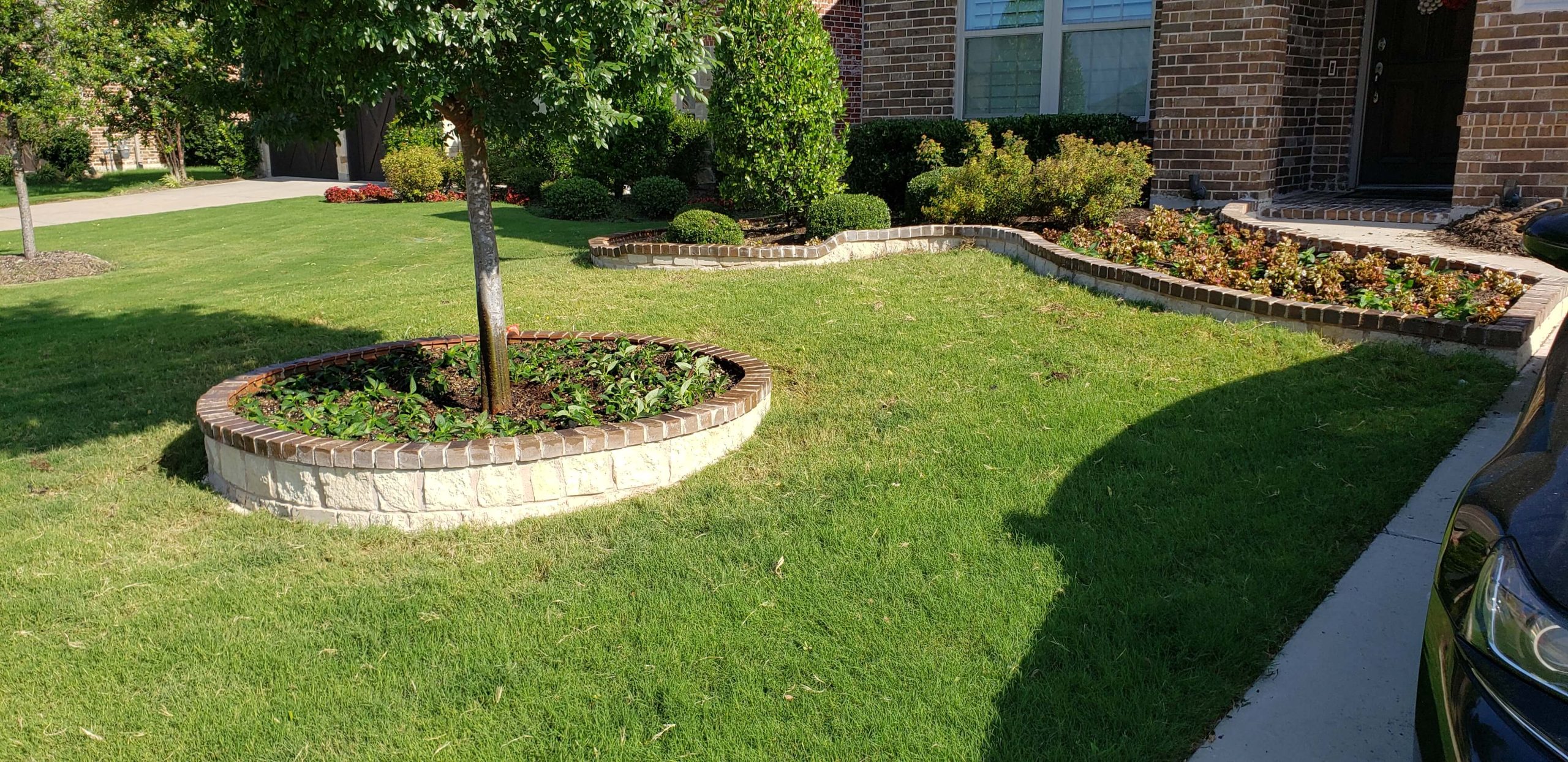If your lawn isn’t looking as lush and vibrant as you’d like, the problem might be as simple as inadequate fertilization. Fertilizing your lawn is one of the most important steps you can take to ensure it remains healthy, green, and resilient. At Greenstone Landscaping, we understand the science behind effective lawn fertilization, and we’re here to share why it’s so crucial for maintaining a beautiful yard.
The Role of Fertilization: Feeding Your Lawn for Growth
Just like any living organism, your grass needs the right nutrients to grow strong and healthy. Fertilization provides these essential nutrients—primarily nitrogen, phosphorus, and potassium—which support various functions in the grass. Nitrogen promotes lush, green growth; phosphorus strengthens the roots; and potassium enhances disease resistance. Without these nutrients, your lawn can become weak, thin, and prone to issues like weeds, disease, and drought stress.
Choosing the Right Fertilizer: Organic vs. Synthetic
When it comes to fertilizing your lawn, choosing the right type of fertilizer is key. There are two main categories: organic and synthetic. Organic fertilizers, derived from natural sources like compost or manure, release nutrients slowly over time, improving soil health in the process. Synthetic fertilizers, on the other hand, provide an immediate boost of nutrients but need to be applied carefully to avoid over-fertilization, which can damage your lawn and the environment.
At Greenstone Landscaping, we tailor our fertilization approach to the specific needs of your lawn. We assess the condition of your soil and grass to determine the best type of fertilizer and application schedule, ensuring optimal results.
Timing Is Everything: When to Fertilize
Fertilizing at the right time is essential to maximize its benefits. In Texas, the ideal times to fertilize are in early spring and fall when the grass is actively growing. Early spring fertilization provides the nutrients your lawn needs to recover from winter and prepare for the warmer months ahead. Fall fertilization helps strengthen the roots, ensuring your lawn survives the cooler months and returns healthy in the spring.
Signs Your Lawn Needs Fertilization: Know When to Act
If you’re unsure whether your lawn needs fertilization, look out for these telltale signs:
- Pale or Yellowing Grass: A lack of nitrogen can cause grass to lose its vibrant green color.
- Slow Growth: If your lawn isn’t growing as quickly as usual, it might need a nutrient boost.
- Weed Invasion: Weeds often thrive in nutrient-poor soil, outcompeting your grass.
- Thinning Turf: If your lawn looks sparse, fertilization can help promote thicker growth.
If you notice any of these symptoms, it’s time to give your lawn the nutrients it needs to thrive.
Conclusion:
Fertilization is a critical component of a healthy lawn care routine. By providing your lawn with the right nutrients at the right time, you can enjoy a lush, green yard that’s more resistant to weeds, disease, and drought. At Greenstone Landscaping, we take the guesswork out of fertilization, offering customized solutions that meet your lawn’s unique needs. Contact us today to learn more about our fertilization services and how we can help you achieve the perfect lawn.




